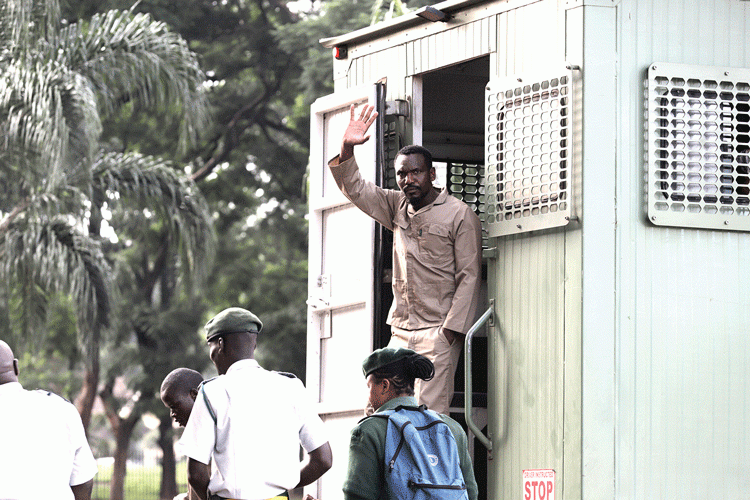LATEST World Bank statistics indicate that Zimbabwe has the highest food inflation of 353%.
Recently, Zimbabwe was ranked second to Lebanon, but it has since overtaken the Middle East country on food inflation.
Lebanon is now ranked number two at 240% food inflation rate, followed by Venezuela (131%), Sri Lanka (91%), Turkey (90%), Iran (81%), Argentina (66%), Moldova (38%), Ethiopia (36%), and Rwanda (34%).
Prices of basic foodstuffs and other commodities have soared in Zimbabwe, while some food items are being charged in United States dollars at a time when most workers are being paid in the local currency.
A snap survey by NewsDay yesterday revealed that the price of a 10kg bag of mealie-meal costs $4 990 depending on the brand, a loaf of bread costs $795, one litre of milk $1 300, a 2kg packet of sugar $1 785 and a 2kg packet of washing powder $4 668.
The Zimbabwe National Statistics Agency (ZimStat)’s August statistics reveal that month-on-month inflation on food and non-alcoholic beverages stood at 14,2% after shedding 14,9 percentage points on the July 2022 rate of 29,1%.
Keep Reading
- Mavhunga puts DeMbare into Chibuku quarterfinals
- Bulls to charge into Zimbabwe gold stocks
- Ndiraya concerned as goals dry up
- Letters: How solar power is transforming African farms
ZimStat spokesperson Roland Chiringa told NewsDay that the institution was yet to finalise the September food inflation rates.
Zimbabwe Coalition on Debt and Development programmes manager John Maketo said Zimbabwe’s worst ranking was not surprising because food prices were now beyond the reach of many.
“Zimbabweans, in general, are made to pay hefty prices for food. There are two dimensions that are at play — the demand-pull inflation and the cost-push inflation,”Maketo said.
“Demand-pull inflation is when aggregate demand grows faster than aggregate supply. For years now, the effects of climate change have been undermining harvests in Zimbabwe. Cost-push inflation is caused by endogenous and exogenous factors. Since the outbreak of the COVID-19 pandemic, production costs have been higher due to the closure of industries and business slowdown that took place.”
Maketo said there was need to revamp the national agriculture policy framework, which is the guiding policy on agriculture and food production.
Economic analyst Victor Bhoroma said: “The statistics are much in line with ZimStat and Reserve Bank of Zimbabwe year-on-year inflation figures, which were 353% for August. The major cause is that the cost of production is very high locally. The increase in the commodity oil price globally obviously increases year-on-year inflation. You can also look at recurring droughts, which means that the country has a huge import bill for food. Zimbabwe imports over US$500 million in terms of maize and other cereals. That obviously fits into inflation.”
Bhoroma said there was need for the country to increase production at farms and to support farmers with capital for production.
“There is also need for irrigation and mechanisation in A1 and A2 farms that we rely on for food sustenance.”
According to the recent Regional Vulnerability Assessment and Analysis Synthesis Report, Zimbabwe has been a victim of climate change and this is evidenced by the level of drought and poor harvests.
The report said poor harvests undermined food security, leading to the majority of citizens relying on retailers, increasing national demand.
The Zimbabwe Vulnerability Assessment Committee Rural Livelihoods Assessment 2022 Report also stated that 38% of rural households are food insecure.
Finance minister Mthuli Ncube yesterday told journalists that government was committed to ensuring price restoration and economic stability.
“Government is committed to the restoration of prices and macro stability, and the elimination of forward speculative pricing as necessary steps towards removing adverse inflation expectations which have been feeding lack of confidence,” he said.





